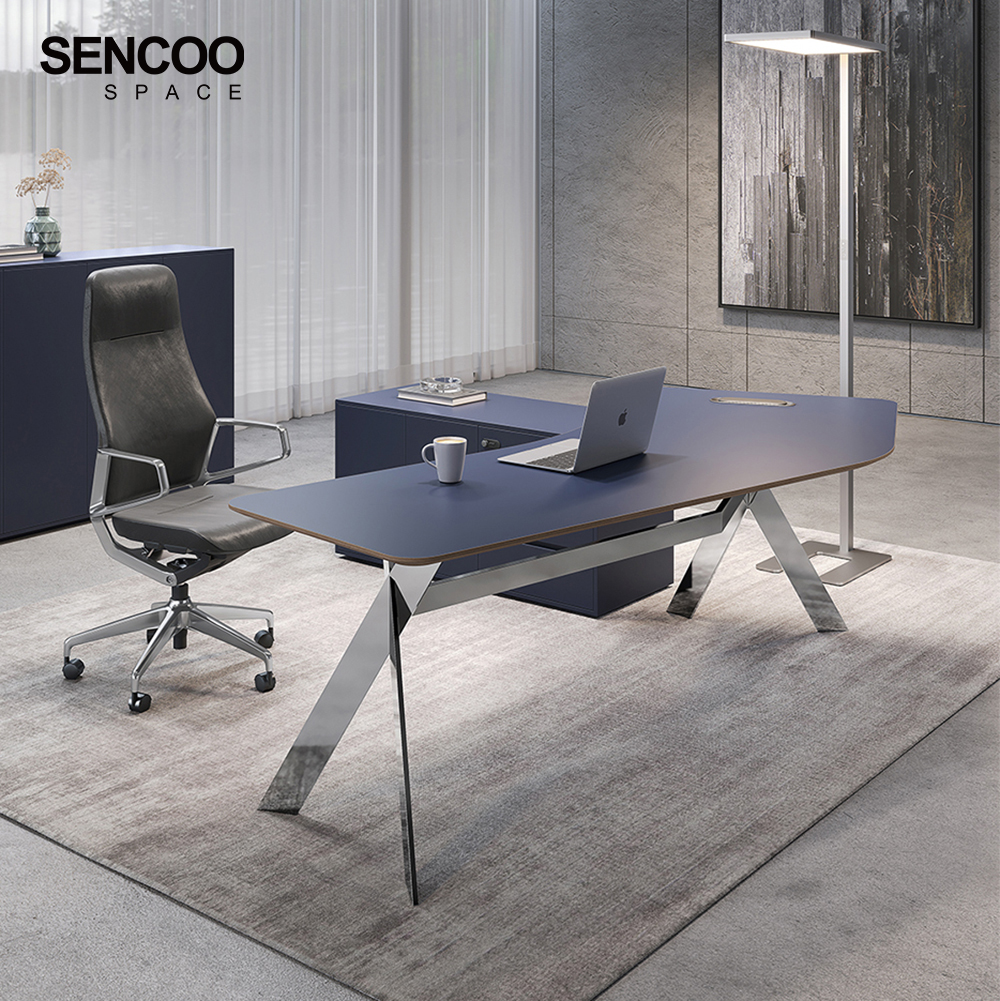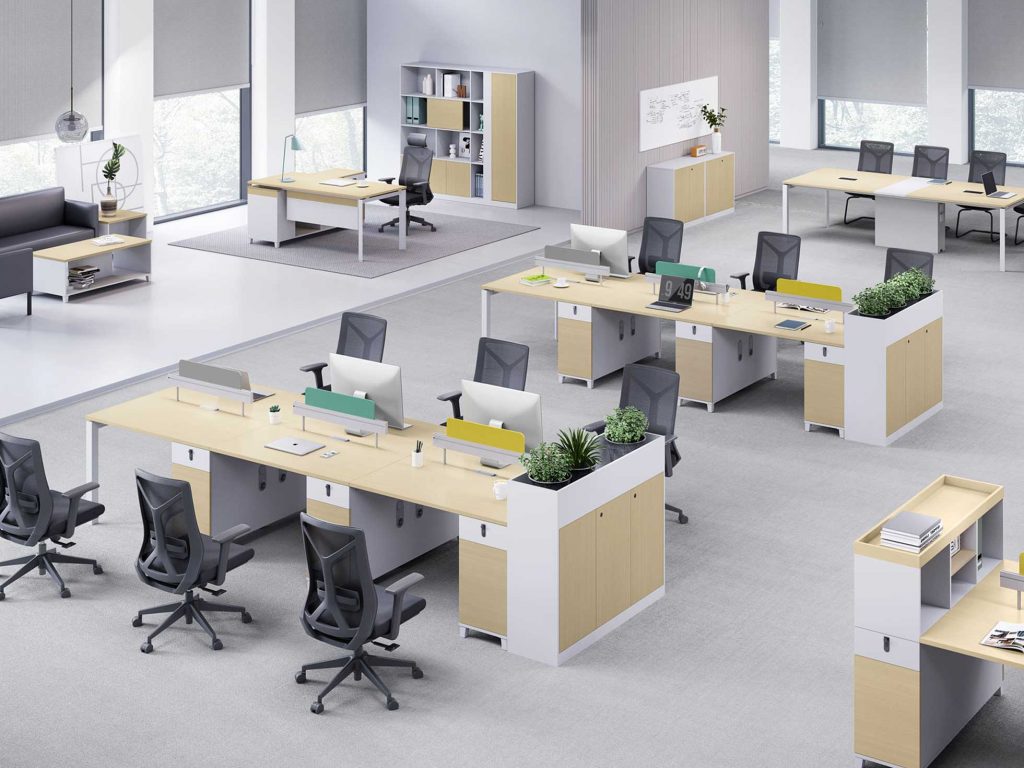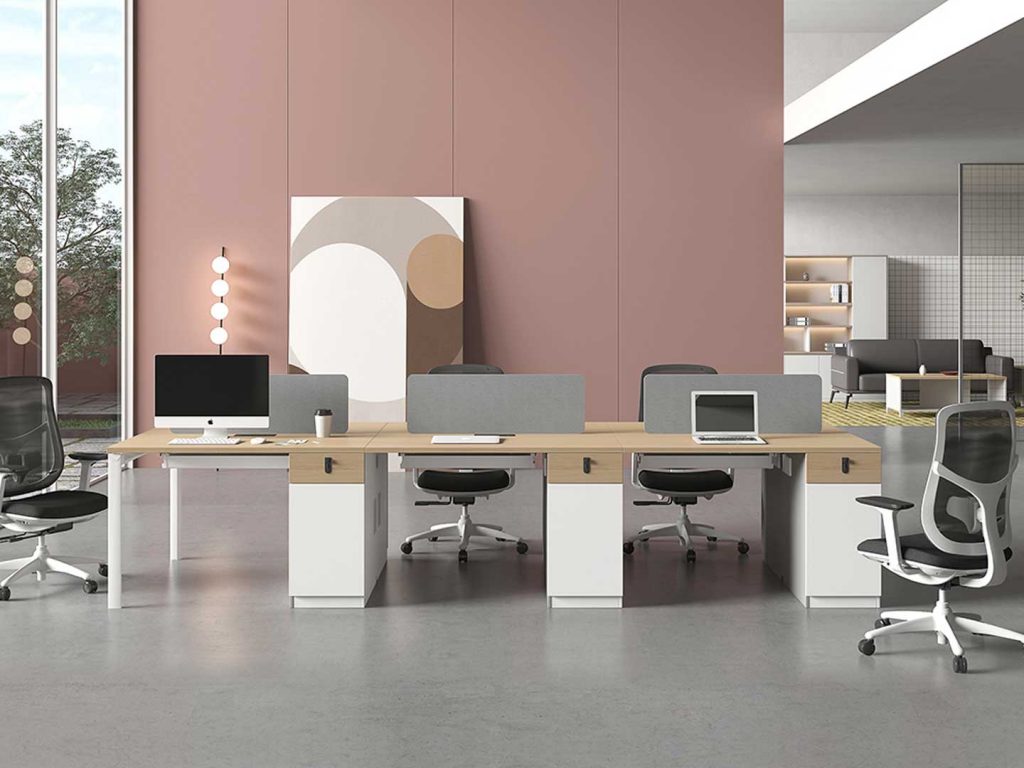Currently, standing desks and traditional office desks are two common choices. But which one is better suited for you? Let’s compare them based on health impact, work efficiency, comfort, and applicable scenarios.

1. Health Impact
Standing Desk:
- Standing while working can reduce health issues caused by prolonged sitting.
- Promotes blood circulation and helps alleviate pressure on the neck and lower back.
- Studies show that alternating between sitting and standing can reduce fatigue and improve focus.
Traditional Desk:
- Sitting for long hours may increase pressure on the lower back, leading to chronic pain.
- When paired with an ergonomic chair, it can provide comfortable support and reduce physical fatigue.
- Ideal for tasks that require extended periods of focus, such as writing, programming, or designing.
Best for: If you experience health issues due to prolonged sitting, a standing desk might be a better option.
2. Work Efficiency
Standing Desk:
- Ideal for tasks requiring high concentration, such as short meetings or responding to emails.
- Makes it easier to switch between tasks quickly.
- Encourages teamwork and interaction in open office spaces.
Traditional Desk:
- Suitable for deep-focus tasks like writing, programming, or designing.
- Provides stable support, reducing fatigue from prolonged computer use.
- More convenient for tasks that require multiple devices, such as dual monitors or drawing tablets.
Best for: If your work requires long periods of deep focus, a traditional desk may be a better fit.
3. Comfort and Adaptability
Standing Desk:
- Many standing desks have adjustable heights, allowing users to alternate between sitting and standing for greater comfort.
- May take time to adjust, and standing for long hours can lead to leg fatigue.
Traditional Desk:
- More familiar and widely used, with minimal adaptation required.
- Needs to be paired with an ergonomic chair for optimal support.
Best for: If you prefer a traditional work setup and don’t want to frequently adjust desk height, a traditional desk is the better choice.
4. Suitable Scenarios
Standing Desk is ideal for:
- Work environments that require frequent collaboration, such as open offices and creative teams.
- Jobs that involve frequent state changes, such as sales or customer service.
- Individuals focused on improving health and reducing the negative effects of prolonged sitting.
Traditional Desk is ideal for:
- Positions that require deep, prolonged focus, such as programmers, writers, and designers.
- Work that requires a stable desk space and multiple devices.
If you want to reduce health risks associated with prolonged sitting and can adapt to standing work, a standing desk is a great option, especially one with adjustable height. If your work requires long hours of deep concentration or you prefer a traditional setup, a traditional office desk is the better choice.

